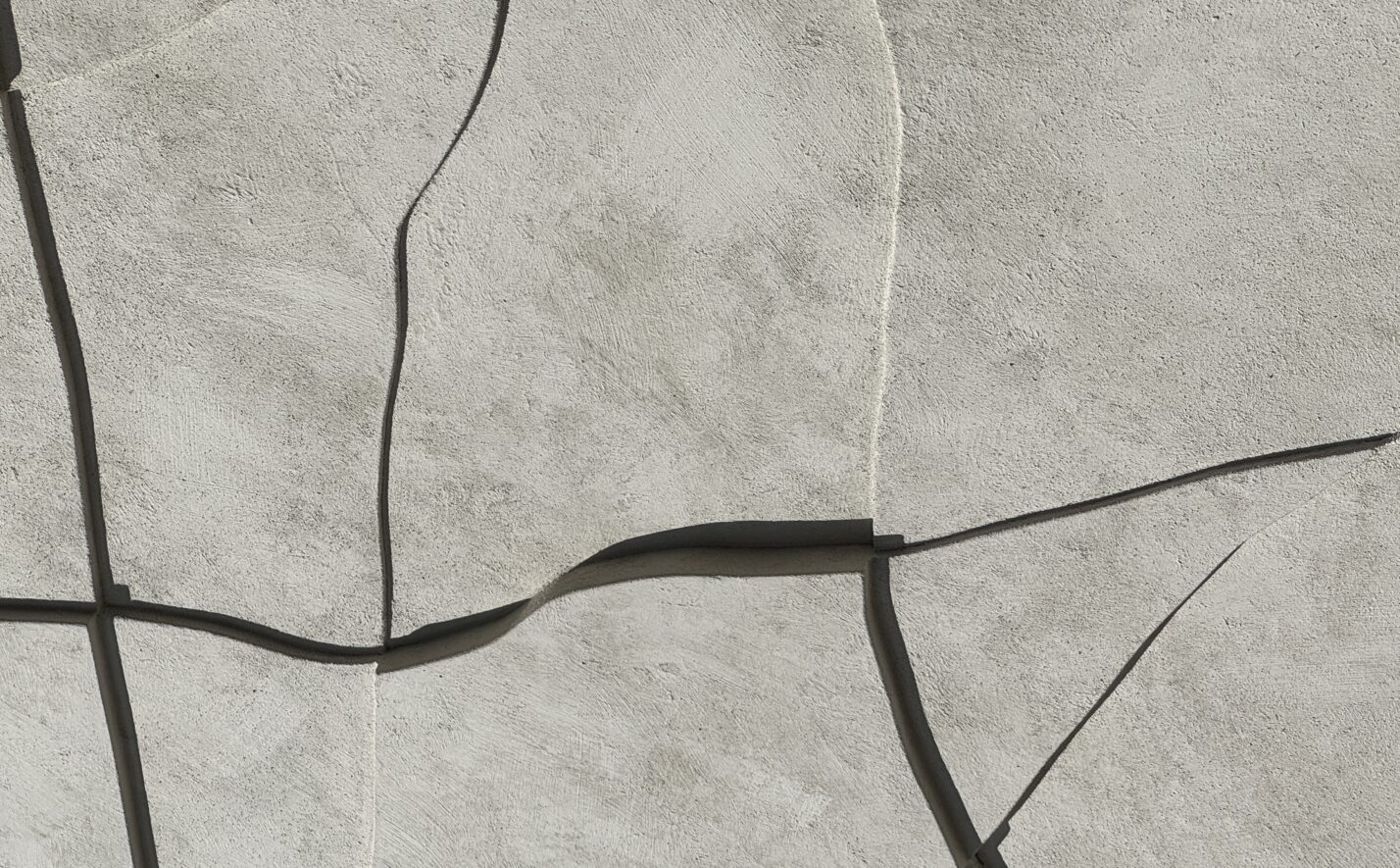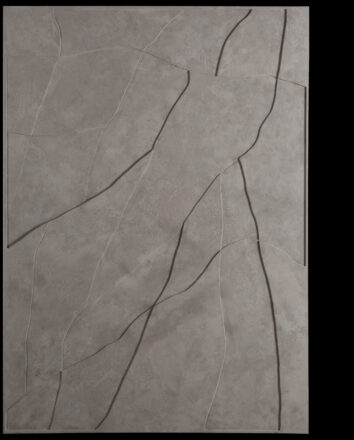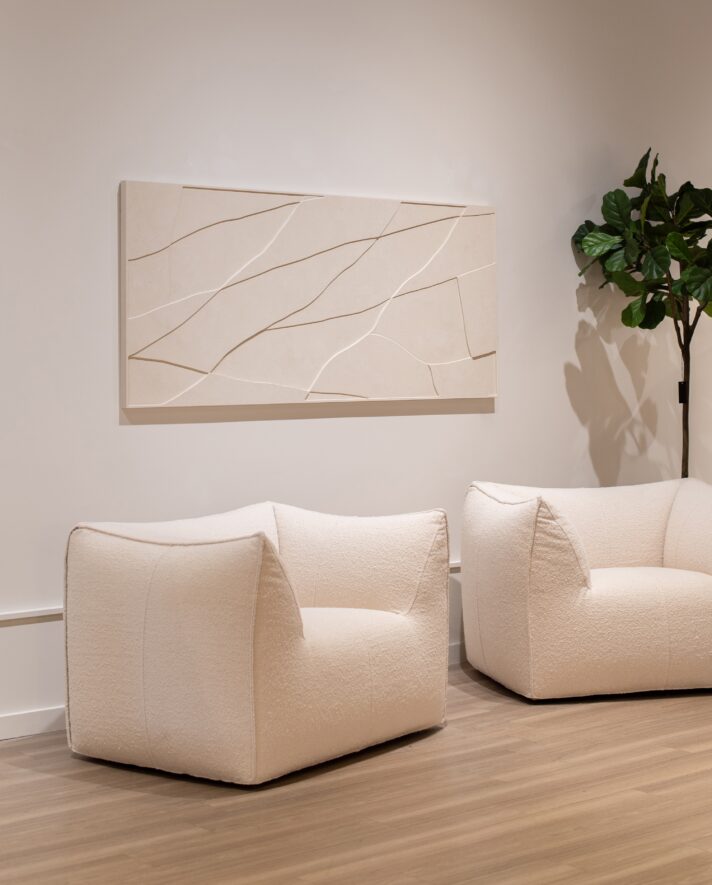Bas Atelier
A creative practice of form, texture and light
Designer Spotlight
Feb. 26, 2024
BAS Atelier is a creative practice co-founded by architect duo Luis Ignacio Figallo and Patrisa Pruthi, inspired by the ancient decorative technique of low or ‘bas’ relief.
Born out of a lifelong interest in form, texture, and light, the works are focused around craftsmanship – each bas-relief is individually designed, carved, and painted by hand in the Miami studio.







